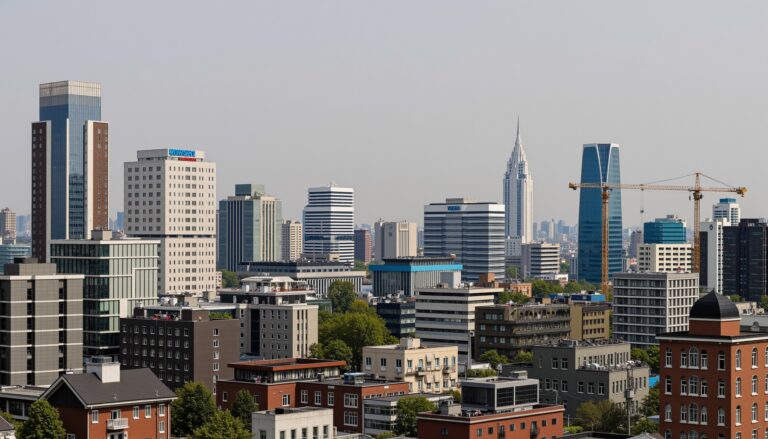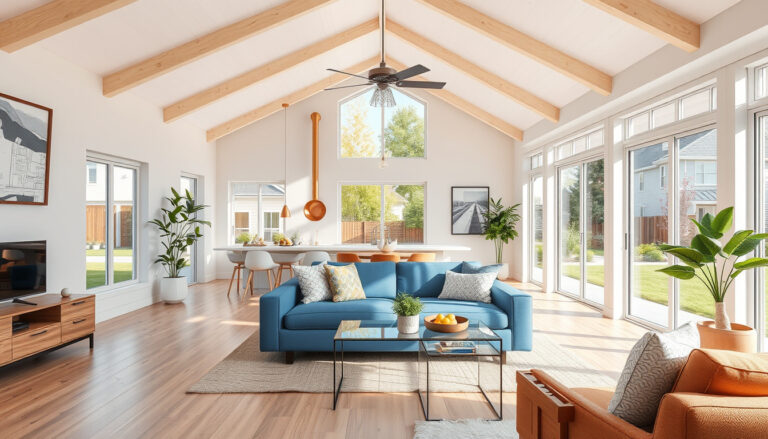Building permits are a crucial aspect of any construction project, whether it involves a simple renovation or the construction of a new building.
Understanding the intricacies of obtaining building permits not only helps in adhering to local regulations but also streamlines the entire construction process.
In this essential guide, we will explore the importance of building permits, outline the steps needed to prepare your application, discuss common challenges you might face, and share tips for achieving a smooth approval.
By mastering the art of building permits, you can ensure that your project is compliant and on track to succeed.


Steps to Prepare for Your Building Permit Application
When embarking on a construction project in Costa Rica, understanding the process of acquiring building permits is essential to ensure compliance with local regulations and a smooth building experience.
Step 1: Understand Local Regulations Begin by researching local laws and zoning regulations as they can vary significantly depending on the region.
Each municipality in Costa Rica has its own set of rules, so knowing these requirements is crucial for a successful application.
Step 2: Hire a Professional Engaging a qualified architect or builder can streamline the process.
These professionals are knowledgeable about local building permits and can prepare the necessary plans and documentation to meet municipal standards.
Step 3: Prepare Documentation Compile essential documents such as your property title, architectural plans, and any environmental impact assessments if necessary.
Ensuring that all paperwork is complete and accurate will prevent delays.
Step 4: Submit Your Application Once you’ve gathered your documents, submit your application to the relevant municipal office.
It’s essential to follow up regularly to check on the status of your application, as processing times can vary.
Step 5: Understand Fees Be prepared to pay various fees associated with building permits, which may include administrative costs and service charges.
Having a clear understanding of these fees beforehand can help you budget accordingly for your project.
Step 6: Await Approval After submission, the local authorities will review your application.
This period can take anywhere from a few weeks to several months, depending on the complexity of your project.
It’s crucial to remain patient and proactive in addressing any additional requests from the municipality.
By following these steps, you can effectively prepare for your building permit application, paving the way for your construction project in the beautiful landscapes of Costa Rica.
Common Challenges Faced During the Permit Approval Process
Navigating the building permits process in Costa Rica can present several challenges for both local and foreign investors.
One of the most common hurdles is understanding the bureaucratic landscape, as the procedures can vary significantly between different municipalities.
This often results in confusion regarding requirements, leading to potential delays in project timelines.
Additionally, property zoning regulations can sometimes be ambiguous, making it essential for developers to seek local expertise to interpret and comply with the laws surrounding their specific projects.
Furthermore, environmental assessments may be required, particularly if the property is near protected areas, adding another layer to the complexity of securing building permits.
As the real estate market continues to grow in Costa Rica, being aware of these challenges will help investors navigate the process more efficiently and avoid costly setbacks.

Tips for Streamlining Your Permit Submission
When embarking on a construction or renovation project, understanding the requirements for building permits can be daunting.
Here are essential tips for streamlining your permit submission process.
Firstly, ensure that you familiarize yourself with the local regulations and building codes relevant to your area, as these can vary significantly.
Obtaining the required documents, such as site plans and architectural drawings, early can speed up the review process.
Additionally, consider consulting with local authorities or a professional architect to clarify any uncertainties about your project.
Organizing your paperwork neatly and submitting a complete application package will minimize delays caused by missing information.
Lastly, follow up regularly with the permitting office to stay informed about your application’s progress and address any issues promptly.
By implementing these strategies, you can help ensure a smoother journey through the often complex world of building permits.
Best Practices for Following Up and Ensuring Approval
Securing building permits is a critical step in any construction or renovation project.
To ensure successful approval, it’s essential to implement best practices for following up with local authorities.
First, maintain organized records of all submitted applications and related correspondence.
This not only helps track progress but also facilitates easier communication with permit officials.
Secondly, set a regular follow-up schedule, ideally every couple of weeks, to check on the status of your applications or to clarify any outstanding issues.
When contacting permitting departments, be polite and professional, providing any requested documentation promptly, as this can speed up the review process.
Finally, consider attending town hall meetings or community consultations related to your project, as these provide opportunities to express support for your application and engage with stakeholders directly.
By following these best practices, you can enhance your chances of obtaining your building permits efficiently.
Frequently Asked Questions
What are building permits and why do I need one?
Building permits are legal documents issued by local government agencies that allow you to proceed with construction or renovation projects.
They ensure that the work complies with local zoning laws, building codes, and safety regulations, helping to protect public health and safety.
What is the typical process for applying for a building permit?
The building permit application process usually involves submitting plans and documentation for your project to the local permitting office, paying application fees, and possibly undergoing a review process that includes inspections and revisions before the permit is granted.
What common challenges might I face during the permit approval process?
Common challenges include incomplete or incorrect applications, resistance from neighbors, delays caused by regulatory oversight, and the need for multiple inspections.
Understanding local regulations in advance can help mitigate these issues.
How can I make my building permit submission process smoother?
To streamline your submission, ensure all documents are complete and accurate, consult with professionals like architects or contractors who are familiar with local requirements, and consider scheduling pre-application meetings with the permitting office.
What are some best practices for following up on my building permit application?
After submitting your application, maintain communication with the local permitting office, ask for updates on your application’s status, and be prepared to respond quickly to any requests for additional information or modifications required to secure approval.





